What if the roses turn black after winter?
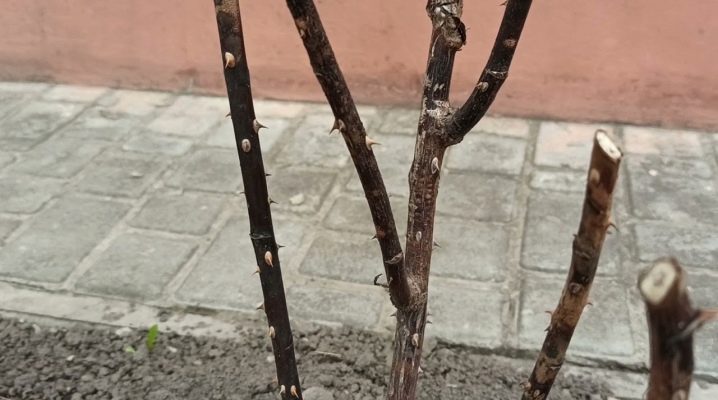
Low temperatures negatively affect rose bushes, because these plants love warmth. Quite often, flower growers are interested in what to do if the roses turn black after winter. The main thing is not to panic, there are several ways with which you can breathe life into the bushes. Black trunks are not a reason to dig up roses, first you need to establish the cause of this phenomenon, and then take measures aimed at saving the flowers. They will also delight the owners of the garden with a delightful aroma and beautiful buds.
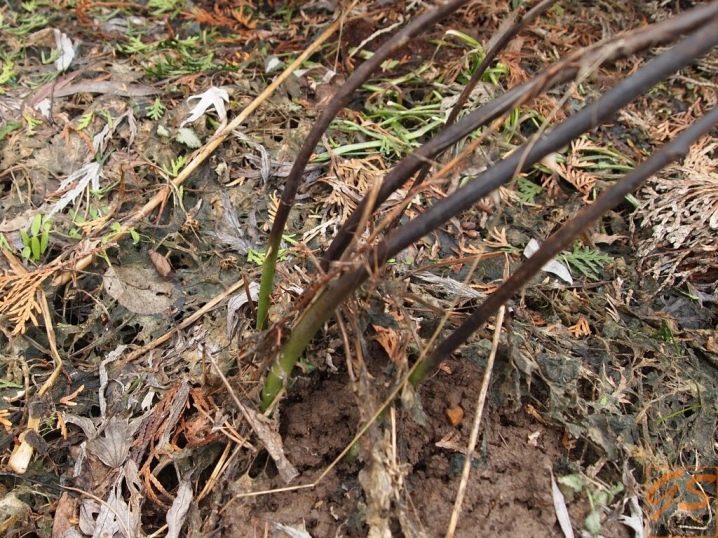
Why do roses turn black?
The reasons for the appearance of blackness on rose bushes can be different. Most often this happens under the influence of negative temperatures. Improper preparation of roses for winter leads to blackening of the shoots. Freezing occurs in autumn or spring. Some growers remove the covering material too early, ignoring the threat of frost. Other reasons include:
- improper flower care, leading to the appearance of a fungus;
- incorrect arrangement of bushes.
The appearance of blackness on roses can cause a fungal disease, over time it also affects young shoots. This is the so-called infectious or ring burn.
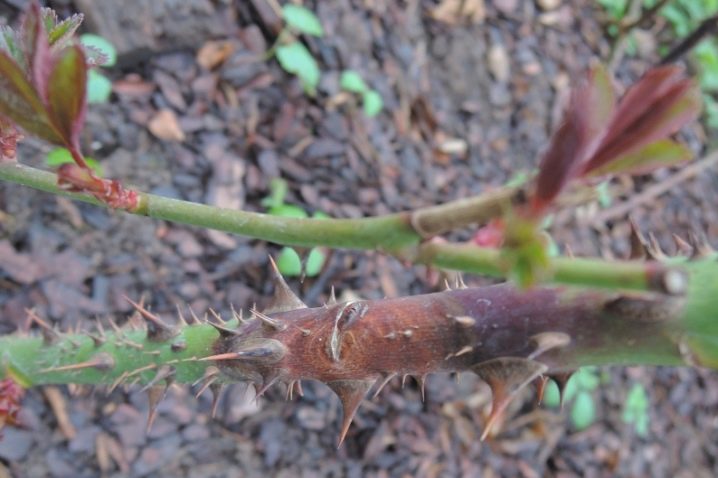
Black spot is provoked by marsonin disease. It is difficult to treat, it is caused by the fungus Marssonina rosae, which infects foliage with shoots. First, they are covered with purple-white spots, and then black. The leaves acquire a gray-brown color and begin to crumble.
Weak bushes because of the marsonina become even more stunted and practically do not please gardeners with flowering, they can hardly endure the winter. It is difficult to prevent the formation of fungus, but you can take care of strengthening the immunity of flowers. This will help the plants better resist the causative agent of the disease. The fungus lives in alkaline soil, old crumbling foliage, its spores are tolerated by gusts of wind.
The likelihood of fungal infections on the stem and foliage of rose bushes increases under conditions:
- high humidity;
- damp and warm weather;
- a sharp change from rains to drought;
- excessive irrigation;
- insufficient lighting.
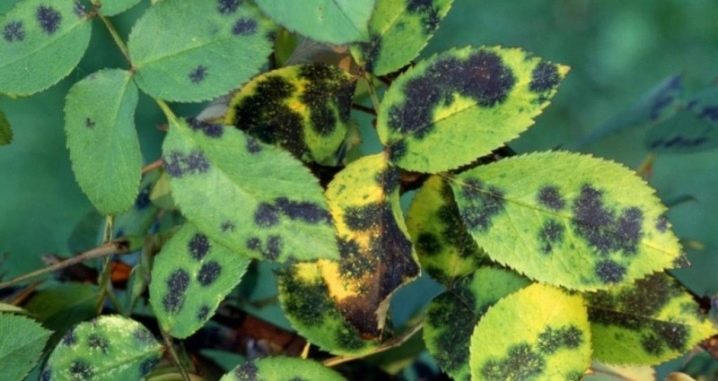
Blackness on roses can also appear due to powdery mildew. Spores of the pathogen live in the soil for years and become active as soon as favorable conditions are created for this.
The risk of a powdery mildew infection increases when the branches of the roses become too thick. Young shoots with petioles are the first to be affected. A white coating appears on their surface. As the spores mature, droplets of liquid are released, ulcers are formed. The leaves turn yellow, and the buds become smaller, they often do not bloom. Exposure of the stems may occur over time.
Powdery mildew is promoted by:
- frequent rains, high humidity;
- sudden changes in temperature;
- lack of minerals;
- a large amount of nitrogen in the soil.
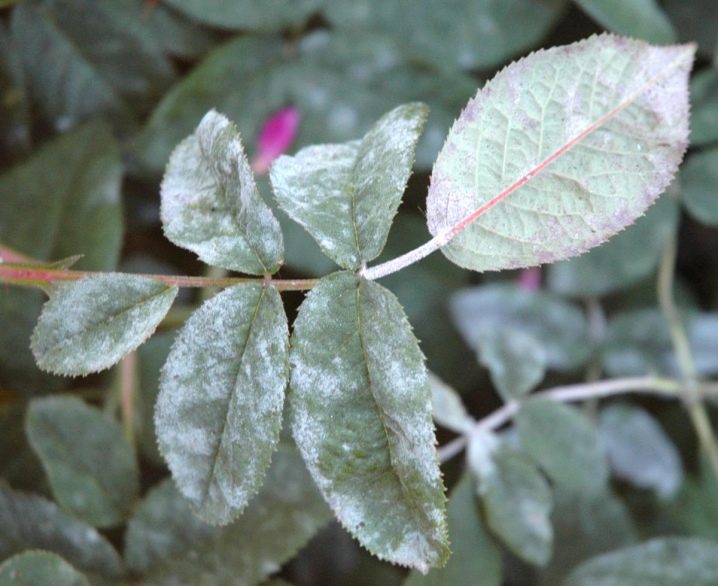
Infectious burns provoke fungal spores. This often happens with the arrival of spring, when the rose bushes are freed from the covering material. The reason lies in the dampness that is established under the shelters, mainly at freezing temperatures.
But the most common mistake gardeners make - early disclosure after wintering. It is difficult to predict when persistent warming will come, so it is recommended to open roses in early May. It is dangerous to do this earlier, unexpectedly returning frosts can cause serious damage to flowers.
Nothing can be done about the wrong location, so it is important to take care of the proper insulation of the bushes and careful treatment from pests and diseases in the summer. At other times, choose the location for the rose garden more carefully, taking into account the needs of the particular variety.

How to reanimate?
Not all gardeners know what to do and how to revive roses if the stems have turned black. Some people think that it is enough to cast the bushes, and the situation will return to normal, in fact, everything is not so simple. You can save flowers by watering and pruning the branches. Soon, the plants will move away and begin to delight the owners with flowering.
Many blackened bushes are found to be viable. There are varieties that recover, even completely losing their stems. Living roots give new petioles, and the bush is gaining green mass.
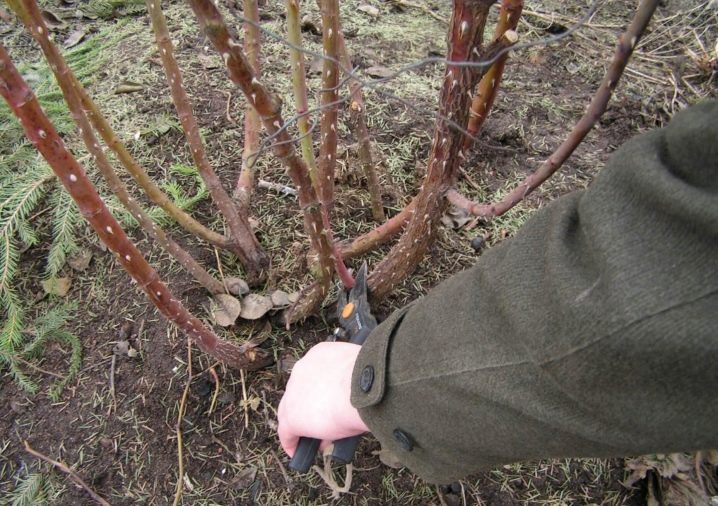
Let's consider the main ways to restore damaged plants after wintering.
After removing the covering material, it is necessary to remove debris around the rose bushes. We are talking about broken branches, dry foliage, grass. Be sure to rake the ground on the roses. Examine the branches carefully, it is important to make sure that they are not damaged. Broken branches need sanitary pruning. To do this, prepare a spicy pruner with garden var.
Var can be replaced with paste "Runnet", it is easy to use. Another good remedy is brilliant green. Wear thick gloves to protect your hands from sharp spikes. If the damage is insignificant, the slices are made alive, keeping a distance of about 0.5 cm from the living kidney. It is important to achieve smoothness, no torn edges, and maintain a slight slope.
Cutting through dead tissue is fraught with rotting and death. Each of the slices must be disinfected with a garden varnish.

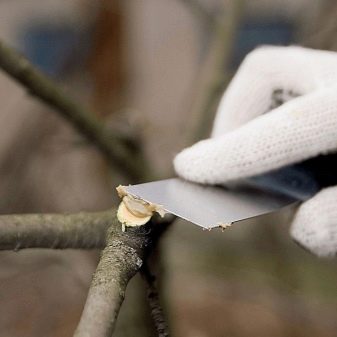
If the twig is completely blackened, it is cut to the grafting site so that there is no hemp left. The petioles below this place must also be removed, otherwise the plant will lose its varietal characteristics.
It is not so easy to understand if a flower is alive if the whole bush has turned black. For this, the queen of flowers is cut off and what will happen next. If the roots are not damaged, and there are living buds, young petioles will soon appear, in the future they will turn into a full-fledged bush.
Roses are quite hardy, so they tolerate almost all types of sanitary pruning well. They have all the possibilities for crown restoration, long and lush flowering.

The next stage is feeding flowers.... This will accelerate the growth of green mass and guarantee good flowering.
Fertilizers are used to feed roses, which contain nitrogen - mullein or ammonium nitrate. After 14 days, the procedure is repeated. During the formation of buds, a liquid complex fertilizer of mineral origin is used. One plant requires about 3 liters.
To resuscitate roses, you can use magnesium sulfate. It speeds up the awakening of dormant kidneys in the area of the vaccine.
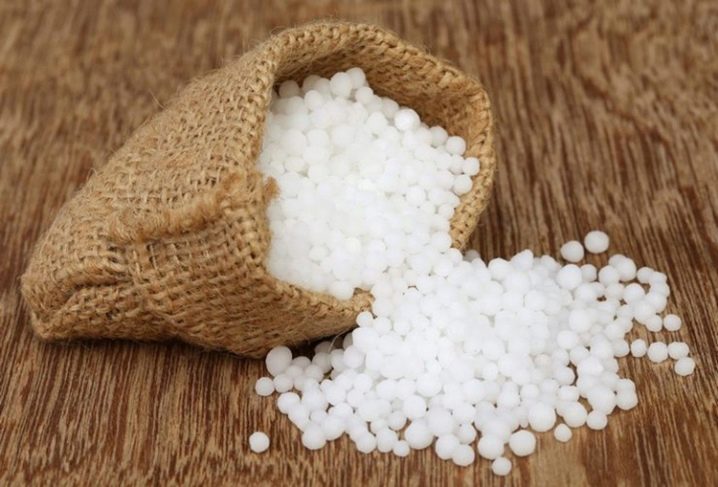
To prepare a solution, 2 tbsp. l. spoons are diluted in 10 liters of liquid. For high-quality and fast dissolution of the powder, first add a little water, then pour in the remainder. All the bushes are irrigated with the prepared solution.
This method cannot be used if the bush is spilled. succinic acid - choose one remedy.
In the case of succinic acid, 60 tablets are taken per 3 liters of liquid. It is an effective anti-stress drug, along with Epin... The acid provides first aid to the plant affected after winter, it is applied at the root.
All drugs must be diluted strictly according to the instructions.

Blackened plants can be covered with 2-5 liter cut-necked plastic bottles. This creates a greenhouse effect. On the inside, the walls of the containers are covered with lime. The bottles are removed after 10 cm of shoots appear.
Irrigation with magnesium sulfate is repeated 2 weeks after the buds appear on the roses in order to consolidate the result.If everything is done correctly, then by the end of spring the rose bushes will gain vigor.
Instead of magnesium sulfate, you can use regular vodka. To do this, 250 ml of alcohol is diluted in 10 liters of water. One plant requires 3-4 liters of solution.
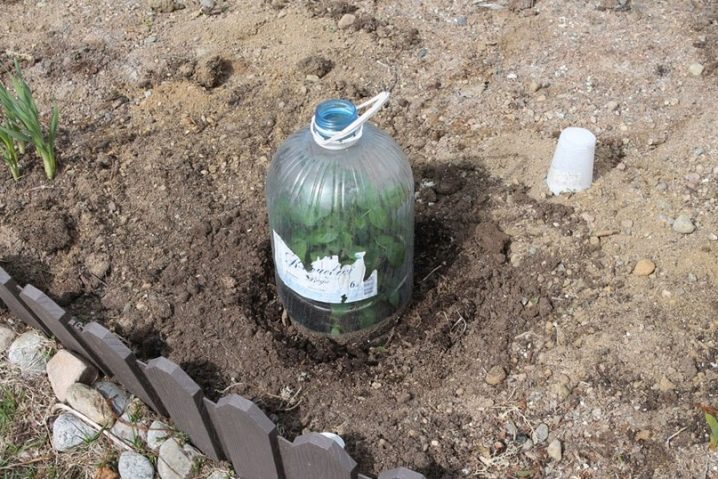
Prophylaxis
To prevent the roses from turning black, you need to properly care for them, close and open the bushes. The covering material is removed only after the end of the frost, otherwise the open petioles may freeze.
It is unacceptable to keep roses under cover in warm weather - this will lead to the burning of young growth and rotting from excessive moisture.
Rose bushes, along with other plants, are well aware of the approach of heat. Even if they are covered by a layer of earth and protective material, their buds begin to wake up and swell, while the root system continues to remain in the still frozen soil and is unable to fulfill its purpose. For this reason, care must be taken to restore balance and prolong the period of winter sleep. In March, the shelters, under which the bushes are located, are sprinkled with a snow mass.
Roses hibernating simply under snow, for example, ground cover, also require additional cover. This is a kind of deception of plants so that they do not feel the approaching warmth.
With the arrival of April, during the period of rapid melting of snow, it is removed, and grooves are formed around the bushes to drain melt water. At this time, they begin to air the roses, open the flowers for several hours.
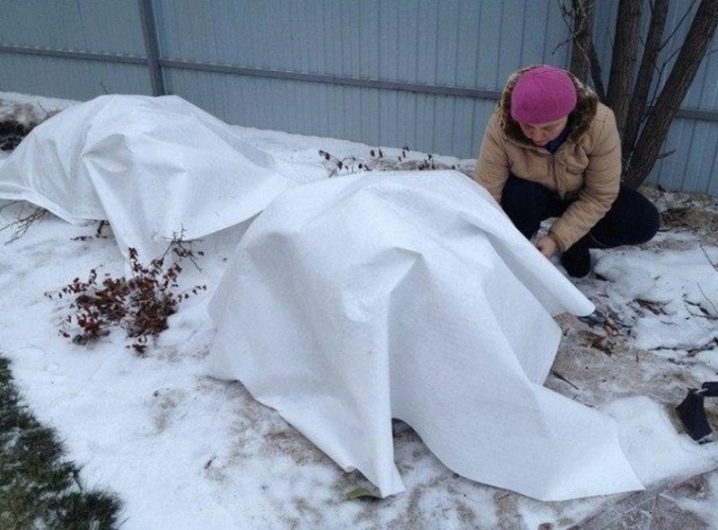
If after winter the plants have not suffered, then after 7 days you can start loosening the soil, lightly irrigating the plants, spraying them with a drug that stimulates growth. At the same time, they must remain under a thin cover so that no burn occurs - the sun is very aggressive in spring. After adapting the colors to the sun's rays and warming the earth to +20 degrees, the covering material is removed. It is recommended to do this in cloudy weather.
In order to prevent fungus, the soil next to the roses is loosened and treated with fungicides, for example, "Fitosporin". Can be used Bordeaux liquid 1% concentration.
Do not dig up roses that have turned black after winter, most often such plants can be saved. Try a variety of bush resuscitation products.


































































































The comment was sent successfully.